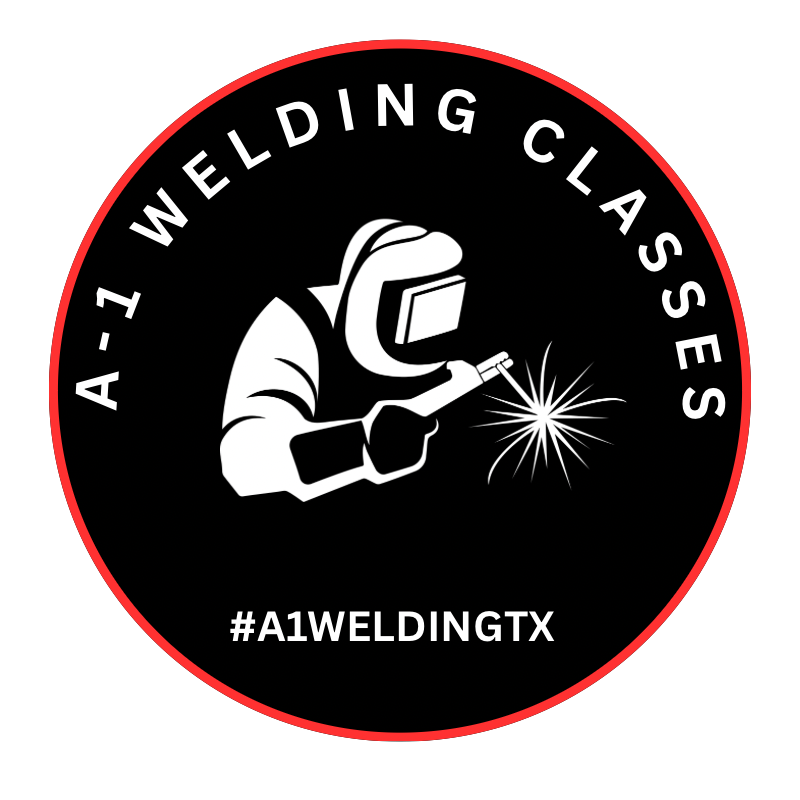The Four Welding Processes That Every Welder Should Know: The Guide to Stick, Flux-Core, MIG & TIG Welding
Today, we want to talk about the foundational skills that every welder needs to know and mastering these four common welding processes will not only boost your confidence, but also open doors to a world of exciting projects and wonderful career opportunities! Understanding and practicing these four welding processes, stick welding (SMAW), MIG welding (GMAW), flux-core welding (FCAW), and TIG welding (GTAW) will equip you with a robust skill set. They all use a power source with a welding lead and ground clamp, but what sets them apart, they are different types of arc welding, each using a different method for creating an arc to melt and fuse metal. Each has its own unique strengths. Knowing when and how to apply them is key to becoming a well rounded and capable skilled welder.Learn a Trade
〰️
Learn a Trade 〰️
Stick Welding or Shielded Metal Arc Welding (SMAW)
This welding process has a power source with two big cable leads, an electrode holder on one lead and a heavy clamp for the workpiece on the other. The electrode is a metal welding rod, like a piece of thick wire. Welding rods are covered with a thick coating of a material called flux that burns in the arc, generating a gas to shield the welding puddle.
MIG Welding or Gas Metal Arc Welding (GMAW)
This welding process has a power source with a welding lead to a MIG gun that connects the power to a sleeve inside to slide electrode wire and includes a gas hose as part of the MIG torch connection and a heavy clamp for the workpiece on the other. It uses shielding gas that comes from a pressurized bottle of inert gas. The electrode is an electrically charged wire, continually feeding from a motorized spool into the weld while also flooding the shielding gas over the weld.
Flux-Core Welding or Flux Cored Arc Welding (FCAW)
This welding process has a power source with a welding lead to a MIG gun that connects the power to a sleeve inside to slide the electrode wire and a heavy clamp for the workpiece on the other. It’s setup just like how the MIG welding process and uses a hollow wire filled with flux which feeds a spool of wire through the welding lead as MIG welding does, but how flux core welding differs from MIG welding you have options to use a shielding gas or not depending on your wire.
TIG Welding or Gas Tungsten Arc Welding (GTAW)
This welding process has a power source with a welding lead that connects to a TIG torch that either uses a knob on torch or a foot pedal to control the heat and a heavy clamp for the workpiece on the other. The electrode in the torch is a short tungsten rod, sharpened to a point. The difference is that the electrode isn’t consumed. Instead, while working the torch with one hand, the operator feeds a long filler rod into the weld puddle while the TIG torch connection carries pressurized inert gas to flood the arc region and the metal rod is consumed by the weld puddle. The electrode only strikes and maintains the arc to melt the metal as a flame torch would.
Teaching a Trade That Never Fades


